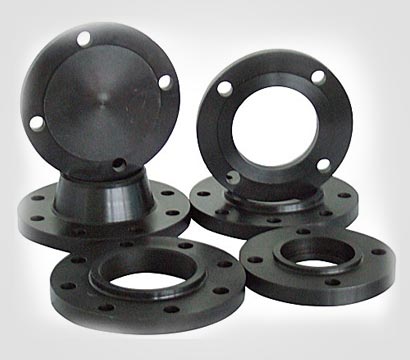The Evolution Of US Veteran Markers Through History
Have you ever walked through a cemetery and noticed the beautifully carved markers for US veterans?

The Early Days Of Honoring Heroes
Have you ever walked through a cemetery and noticed the beautifully carved markers for US veterans? These markers are more than just stones; they’re stories of courage, sacrifice, and dedication. Each one tells a tale of someone who gave their all to protect our freedom. But did you know that these markers didn’t always look the way they do today?
In the early days of American history, grave markers for soldiers were often simple and homemade. Back then, families would use what they could find—wood, stone, or even small crosses—to mark the graves of their loved ones. Many of these early markers have worn away with time, but they still carry a sense of history and love.
From Plain Stones To Personal Stories: The Changing Designs
Over the years, the design of US veteran grave markers has evolved. What started as simple stones with basic information has turned into personalized memorials that reflect the lives and beliefs of the people they honor.
The Civil War’s Lasting Impact
The Civil War marked a turning point in how we remember our veterans. Before this, there was no unified system for marking graves. The introduction of standard marble headstones created a way to honor all soldiers equally. These markers were simple yet powerful, with inscriptions that told you just enough about the person resting there.
But as time went on, people wanted to add more. Families began to crave a deeper connection with the markers, and that’s when things started to change.
World War I: Symbols Of Faith
After World War I, grave markers became more detailed. For the first time, religious symbols were added to represent the faith of the fallen soldiers. Crosses were used for Christian soldiers, while stars were added for Jewish servicemen.
This small addition made a big difference. It showed that the government recognized the personal beliefs of the soldiers, making the markers feel more meaningful. When I visit cemeteries with World War I markers, I’m struck by how these symbols make each marker unique. It’s a reminder that every soldier had their own story.
World War II And Standardized Honor
World War II brought another wave of change. The government introduced standardized upright marble markers. These were taller and more noticeable than the flat stones used before. This design reflected the pride and strength of the soldiers who served during this time.
What’s interesting is that even though these markers were standardized, they still allowed for some personal touches. Families could choose an epitaph or add symbols to represent their loved one’s service and beliefs.
Modern Markers: A Reflection Of Individuality
Today, US military veteran grave markers come in many shapes, sizes, and materials. Families can choose between flat markers, upright stones, or bronze plaques. Modern markers often include detailed engravings, such as an emblem representing the soldier’s branch of service, an image, or even a short message.
These markers are a beautiful way to honor each veteran’s unique story. When I see a modern marker with a heartfelt epitaph or an image of the soldier in uniform, it makes me pause. It’s a powerful reminder that these were real people with dreams, families, and lives worth celebrating.
Why These Markers Are More Than Just Stones?
Every US veteran grave marker represents more than a life lived—it represents a life dedicated to service.
Honoring Sacrifice
When I see these markers, I can’t help but think about the sacrifices these veterans made. They left behind their families, faced unimaginable challenges, and gave everything for our freedom. These markers ensure that their bravery is never forgotten.
A Link To History
For families, these markers are a way to connect with their history. My grandfather was a World War II veteran, and visiting his grave marker is a powerful experience. Seeing his name and service details etched in stone reminds me of the incredible legacy he left behind.
A Reminder To Us All
These markers also serve as a reminder to those of us who haven’t served. They encourage us to appreciate the freedoms we enjoy and to never take them for granted.
Ways To Get Involved And Honor Veterans
If you’ve been moved by the story of US veteran grave markers, there are many ways you can get involved:
Volunteer For Cemetery Cleanups
Many cemeteries, especially older ones, need volunteers to clean and maintain grave markers. Joining a local cleanup effort is a wonderful way to give back.
Research Your Family’s Military History
If you have a veteran in your family, take the time to learn about their service. Visit their grave marker and share their story with others.
Teach Children About Veterans
Bringing kids to visit a veteran’s grave marker is a great way to teach them about history and sacrifice. Share stories about the person behind the marker and explain why their service mattered.
Carrying The Legacy Forward
Every time I visit a cemetery and see US veteran grave markers, I’m reminded of the courage and dedication these individuals showed. These markers are more than memorials—they’re chapters in the story of our nation.
As we move forward, let’s continue to honor this legacy. Whether it’s by caring for these markers, sharing the stories of the people they represent, or simply saying a quiet thank you, we all have a role to play.
Have you ever visited a veteran’s grave marker that left an impression on you? I’d love to hear your thoughts and experiences. Let’s keep this conversation going and ensure these heroes are never forgotten.
What's Your Reaction?
















.jpg)


